Tarawa, one of the Gilbert Islands, was targeted by the US as the first stepping stone in the drive across the central Pacific that had been planned since just after WWI. It marked a new kind of amphibious operation for the Americans, landing on a small atoll into the teeth of Japanese defenses, and far from land-based air support. The assault on Tarawa, and the simultaneous attack on nearby Makin, involved approximately 200 ships, 27,600 assault troops, 7,600 garrison troops, 6,000 vehicles and 117,000 tons of cargo.

Bodies on the beach, November 22nd 1943
The troops who landed on Betito Island, the fleck of Tarawa with the all-important airfield, belonged mostly to the 2nd Marine Division, staged out of New Zealand. They were carried to their target by the Southern Attack Force under Rear Admiral Harry W Hill. This force of 16 transports, 3 battleships, 5 cruisers, 5 escort carriers, 21 destroyers, 2 minesweepers, 1 LSD and 3 LSTs began landing operations early on the 20th of November, 1943.
Read more...
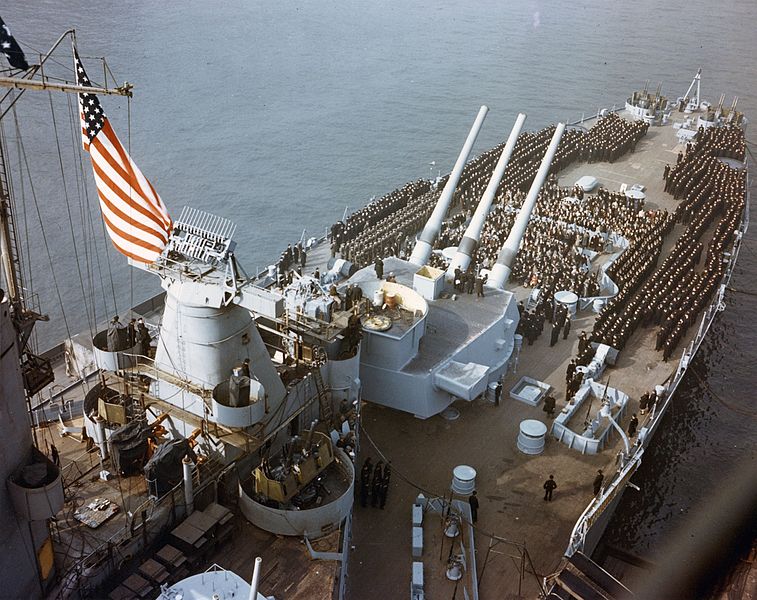

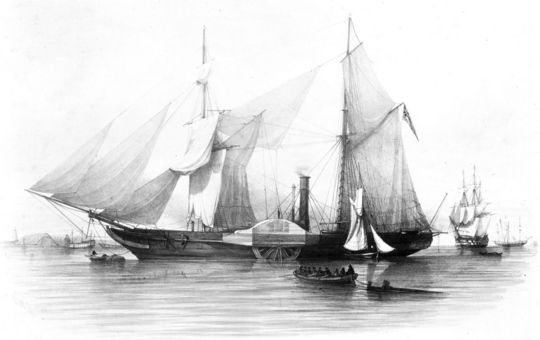
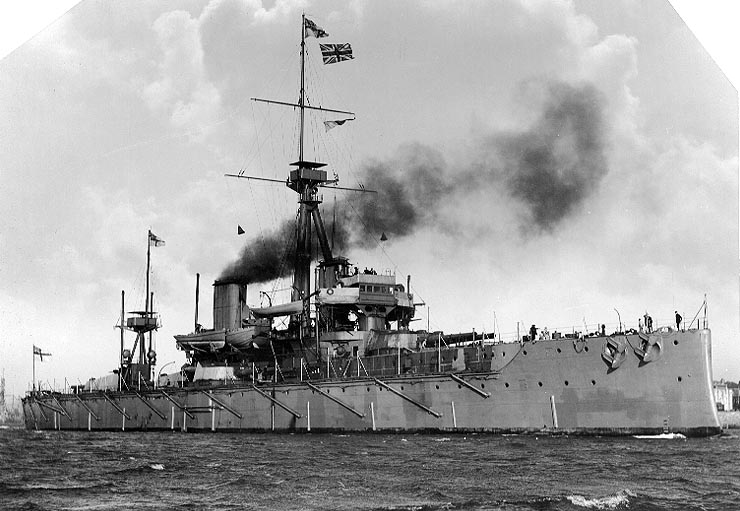



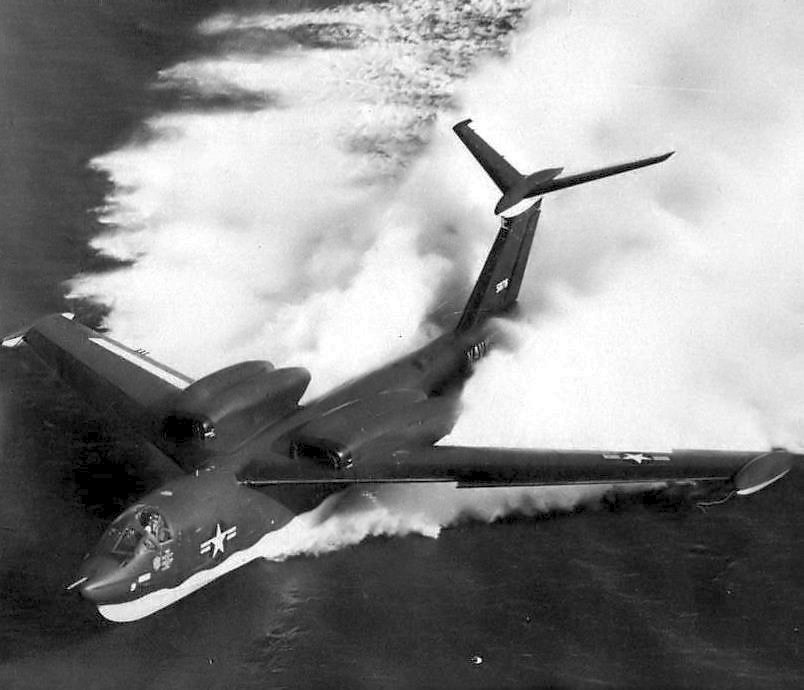
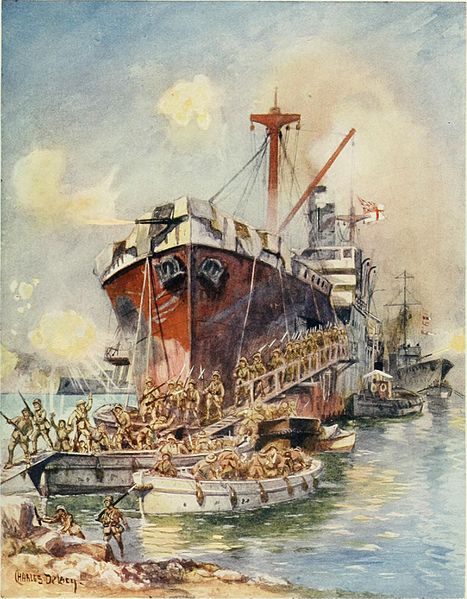
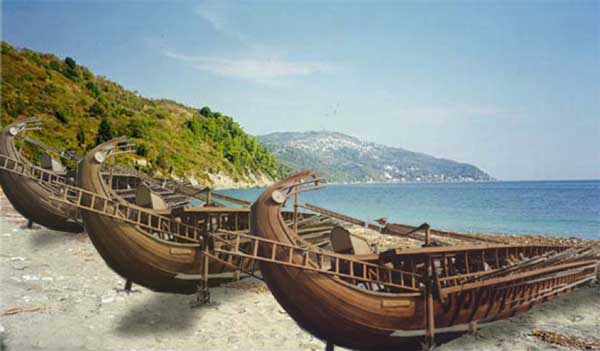
Recent Comments